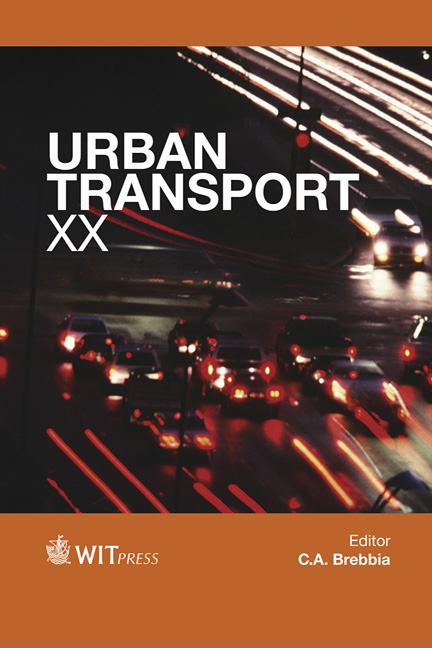Assessment Of Certain Applications Of Vehicle-to-Vehicle Communication In An Urban Network
Price
Free (open access)
Transaction
Volume
138
Pages
13
Published
2014
Size
943 kb
Paper DOI
10.2495/UT140341
Copyright
WIT Press
Author(s)
A. G. Hobeika & T. Kim
Abstract
The information obtained from Connected Vehicles has the potential of providing local and area-wide traffic management solutions, which is desperately needed in most large urban areas. The reliability and performance of this transmitted information have to be addressed to ensure that the users can properly utilize this information to solve traffic management issues. This paper investigates the success rate of wireless communication and area covered in space and time by Vehicle-to-Vehicle communication in an urban network based on different market penetration rates and wireless communication coverage. Results show that both average success rate of communication and area coverage level increase as the market penetration rate and wireless communication coverage increase. At least 90% of equipped vehicles are successful in communicating with nearby equipped vehicles in a Whole Network case. The market penetration rate of equipped vehicles has a greater influence on spatialtemporal dispersion of equipped vehicles. The Selected Links case has higher average area coverage level than the Whole Network case although it has lower success rate of communication. Finally, the spatial-temporal dispersion of equipped vehicles increase as the density of traffic increases, i.e. more equipped vehicles are able to communicate with one another. These study findings will be useful for making decisions about investments in cooperative vehicles in relation to the expected increase in traffic efficiency.
Keywords
Connected Vehicle, Vehicle-to-Vehicle (V2V), vehicle wireless communication, area coverage, TRANSIMS.





